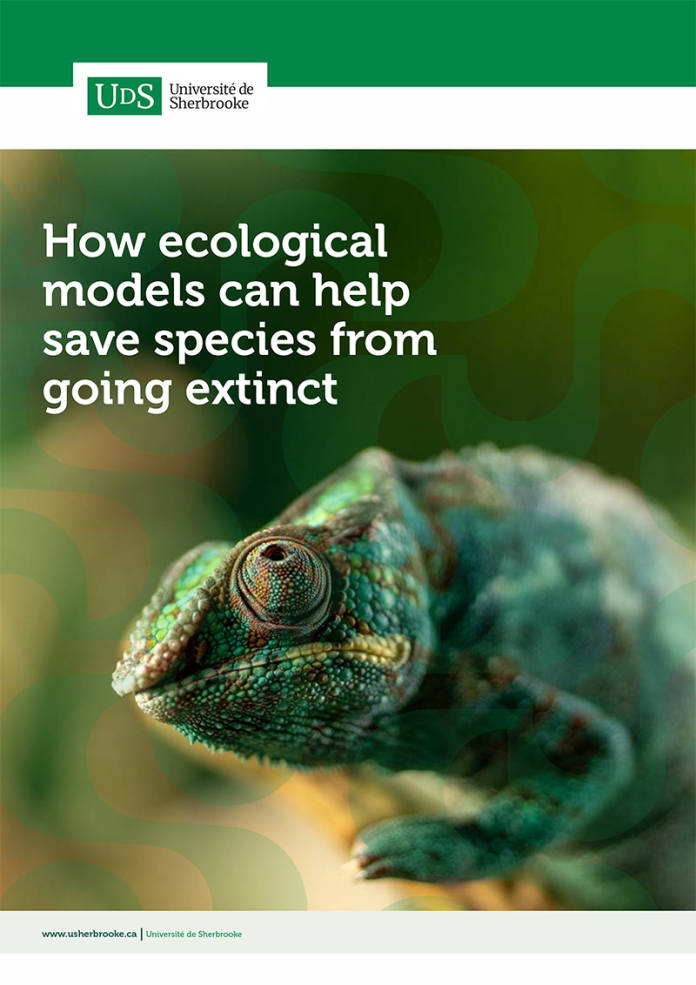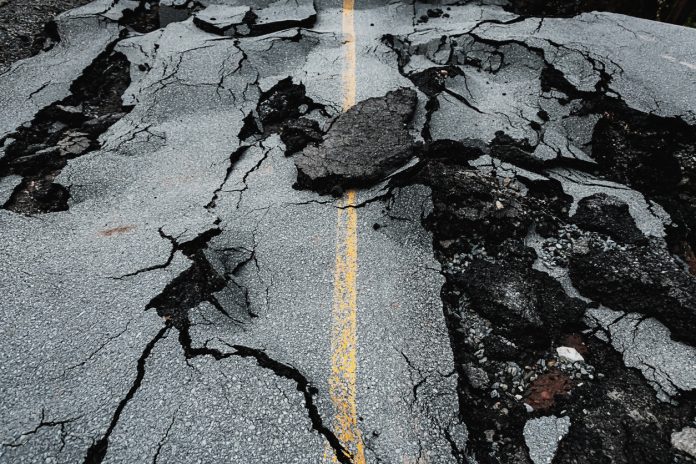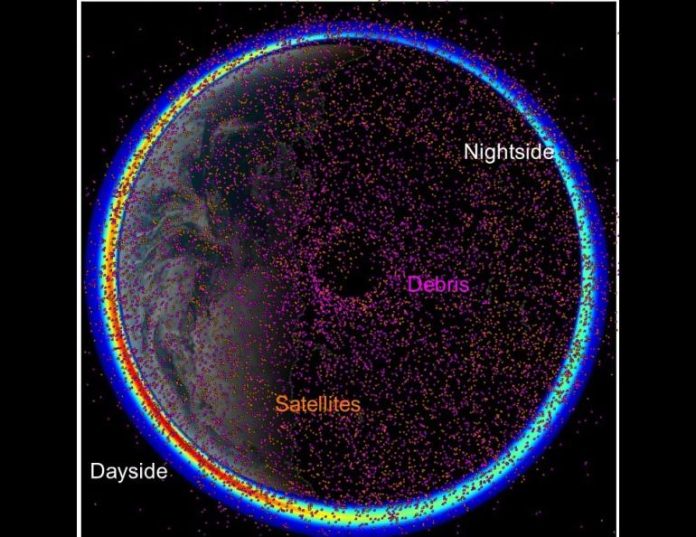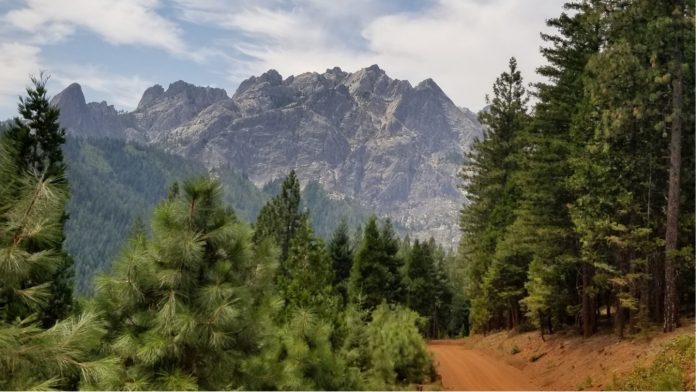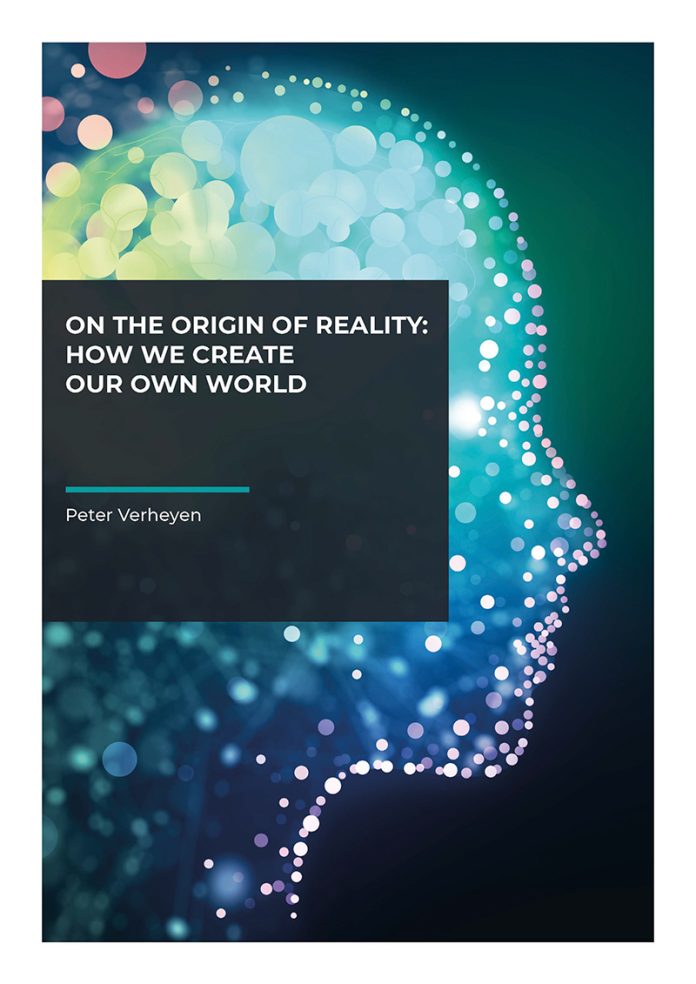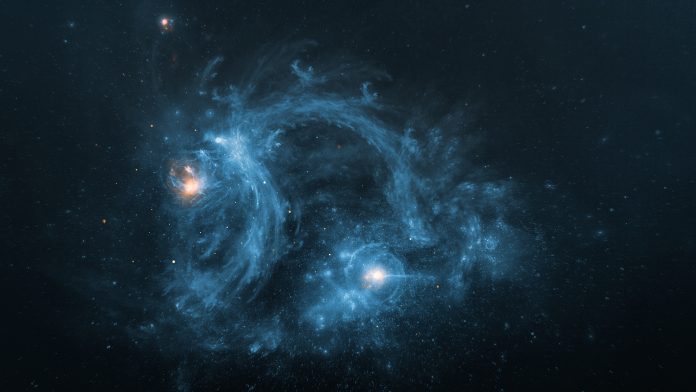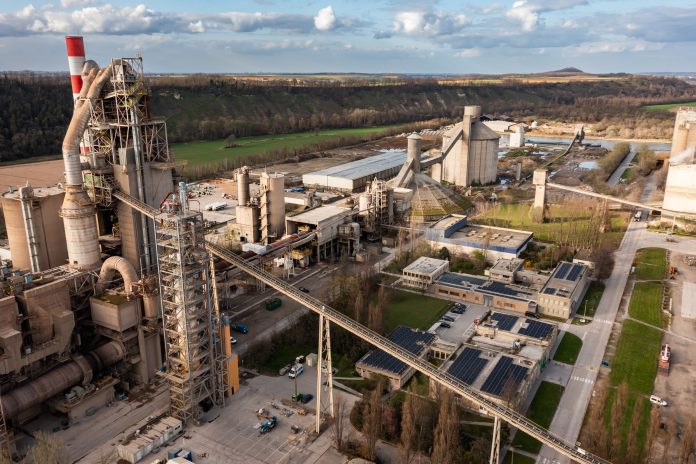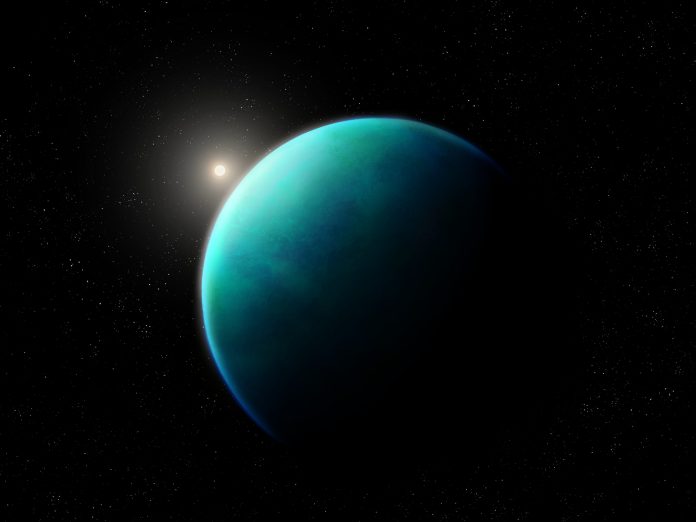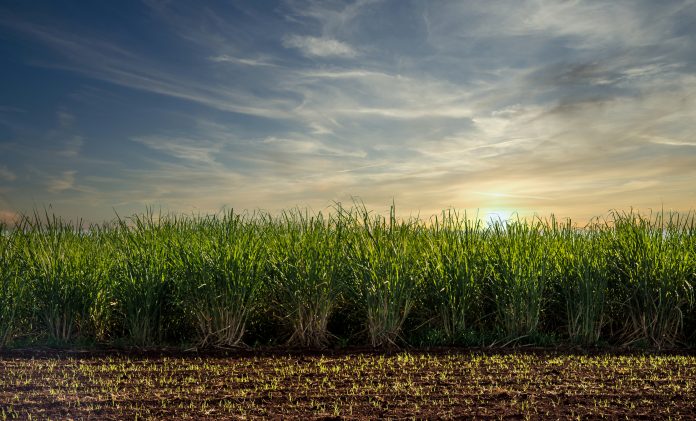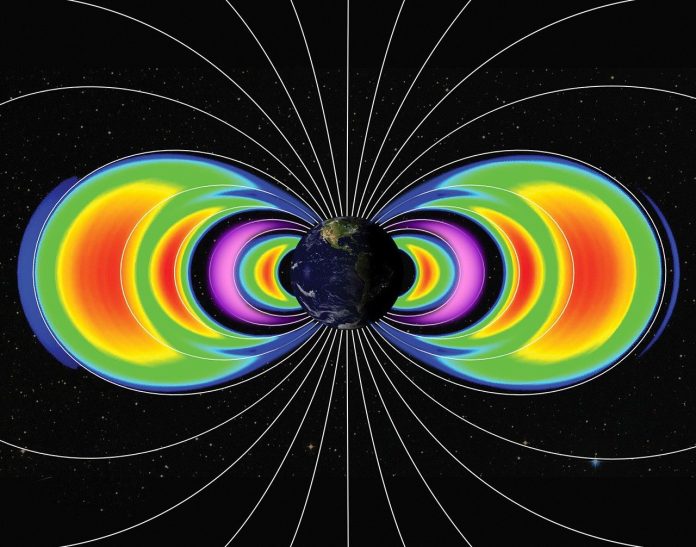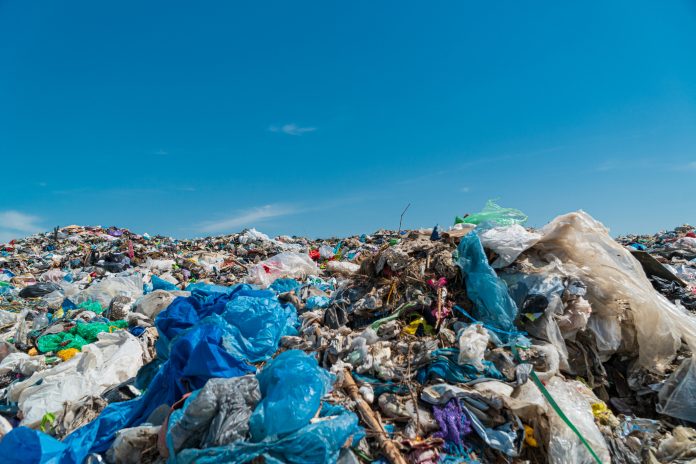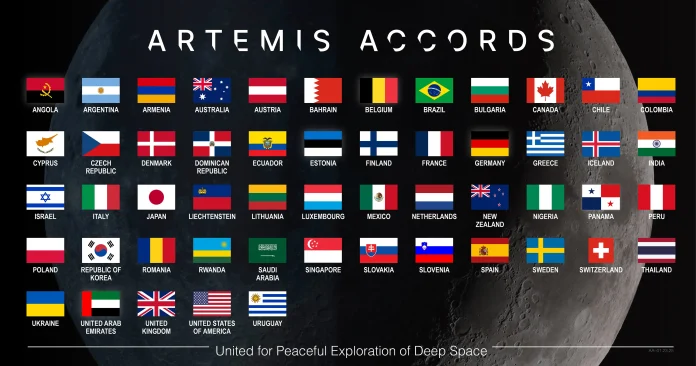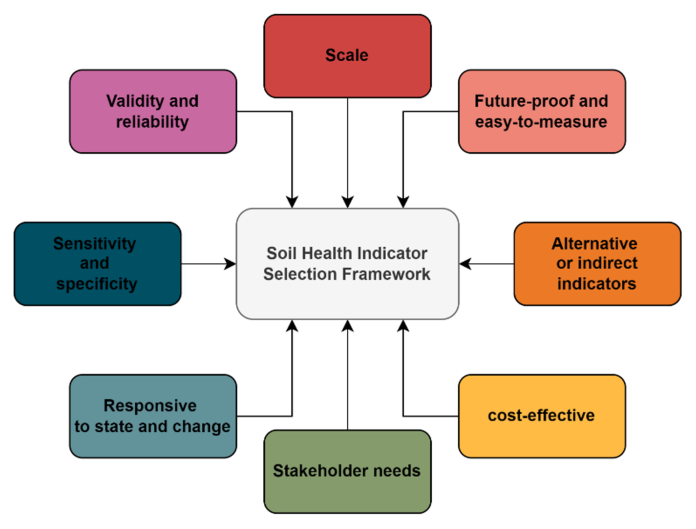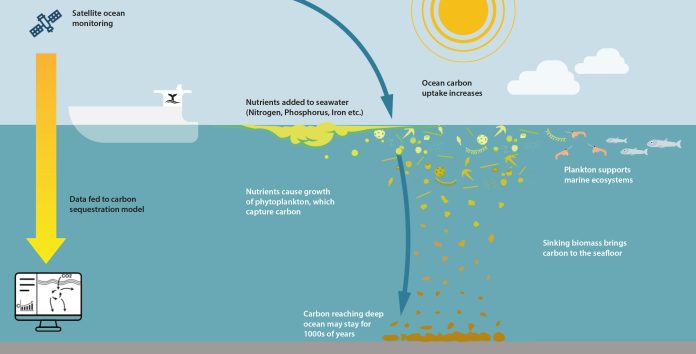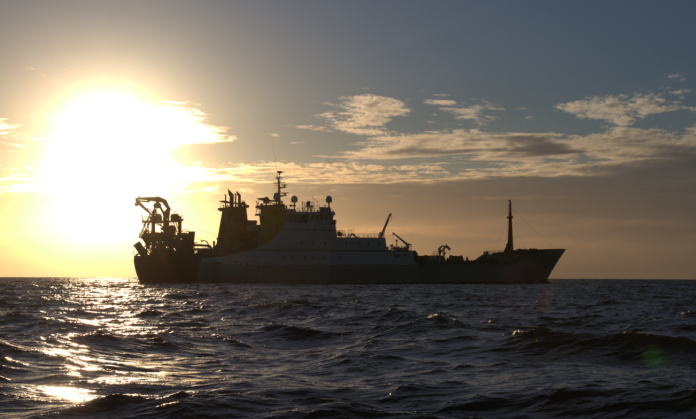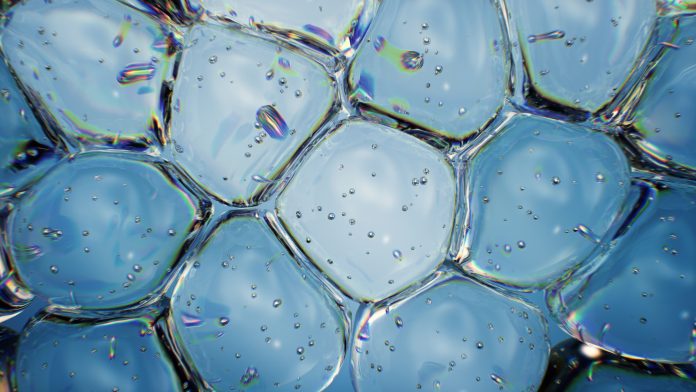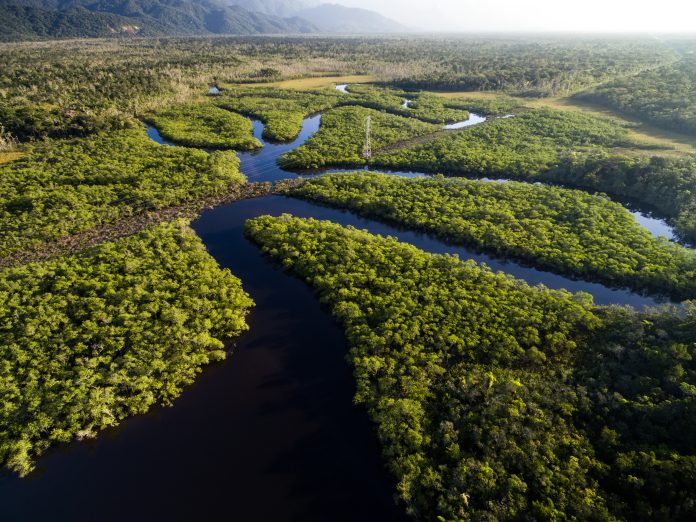Open Access Government produces compelling and informative news, publications, eBooks, and academic research articles for the public and private sector looking at health, diseases & conditions, workplace, research & innovation, digital transformation, government policy, environment, agriculture, energy, transport and more.
Home Search
earth systems - search results
If you're not happy with the results, please do another search
How ecological models can help save species from going extinct
There are more species with only a few individuals, while only a few species are common. “In biodiversity, there is commonness in rarity.”
Seismic resilience in the age of AI and advanced remote sensing
Prof. Dr. Cecilia Van Cauwenberghe, PhD, MSc, BS, MBA, is Research Director at Everest Group. Here, she explores seismic resilience in the age of artificial intelligence and advanced remote sensing, focusing on how science and technology transform earthquake preparedness.
How climate extremes are endangering millions in Africa
Alain Tamoffo, Postdoctoral Researcher at the Climate Service Center Germany (GERICS), Helmholtz-Zentrum Hereon, discusses how climate extremes are endangering millions in Africa.
The Space Debris Hunter: UAF scientist pioneers new satellite
To combat the growing threat of undetected space debris, a UAF scientist is spearheading a project to design a "Space Debris Hunter" satellite. This initiative aims to track objects as small as one centimetre, safeguarding vital satellite infrastructure.
The influence of rock type on conifer species’ nutrition and biomass partitioning
Mark Kimsey, Director of the Intermountain Forestry Cooperative, explains the influence of rock type on conifer species’ nutrition and biomass partitioning.
On the origin of reality: How we create our own world
This exclusive eBook explores the fascinating intersection of quantum mechanics, consciousness, and the very nature and origin of reality.
New research explains star formation in the early universe
Stars form in wide regions in space known as stellar nurseries, where dust and gas come together to give birth to new stars.
Redefining industrial sustainability
Committed to providing decarbonisation solutions for the global cement and lime industries, Leilac’s CEO, Daniel Rennie, discusses the principles for an environmentally and economically sustainable industrial transformation.
Astronomers map the 3D atmosphere of exoplanet Tylos
Astronomers have discovered by looking through an exoplanet's atmosphere and mapping its 3D structure for the first time.
Planetary boundaries threaten the viability of biomass crops for carbon capture and storage
New research raises concerns that Bioenergy with Carbon Capture and Storage (BECCS) may be more complicated than expected, especially considering its environmental impact.
NASA CubeSat detects unexpected radiation belts after 2024 solar storm
A historic solar storm in May 2024 not only triggered spectacular auroras but also created two new temporary radiation belts around Earth.
New tool can track the environmental impact of our consumption habits
As a wider population, we use products from places all around the globe daily, but we don't often see or consider the environmental costs behind them.
Finland signs Artemis Accords joining the collaborative space exploration effort
In a significant development for international space cooperation, Finland has signed the Artemis Accords, becoming the 53rd nation to join the program.
AI4SoilHealth Science: Revolutionising soil health monitoring
Seasoned experts explain here the revolutionising of soil health monitoring through the science of the AI4SoilHealth project.
Ocean nourishment sequestering carbon dioxide in the deep ocean
Phytoplankton have been essential to life on Earth for over 35 billion years. Through photosynthesis, they consume carbon dioxide on a scale comparable to that of forests and other land plants. Edwina Tanner from the WhaleX Foundation shares insights on this and discusses the potential for plankton-based solutions in marine carbon dioxide removal (mCDR) and ocean nourishment.
The fishing industry’s role in protecting the marine environment
Phil Haslam, Managing Director of the North Atlantic Fishing Company, argues that the fishing industry must delicately balance its essential food production role with the need to protect the marine environment.
Nanobubbles and microbubbles: A fresh and economic appraisal to redesigning liquids’ life-line to bioprocesses
Niall J. English, from Chemical & Bioprocess Engineering at University College Dublin, discusses how new paradigms in manipulating microbubble and nanobubble populations by novel and inventive engineering approaches have an impact on tailoring liquids for various bioprocess applications.
Early warning signs in the Amazon: Tipping elements are not tipping points
Unveiling the relationship between society and the environment, a new research project sheds light on “tipping points” – critical thresholds beyond which change becomes abrupt and potentially irreversible.
The journey of high-temperature superconductors: From discovery to today
John H. Miller, Jr., Professor of Physics at the University of Houston, discusses progress in high-temperature superconductors and its applications.
RISE Research Institutes of Sweden: Building a sustainable society
RISE Research Institutes of Sweden is Sweden’s research institute and innovation partner. Through international collaboration with industry, academia, and the public sector, we ensure business competitiveness and contribute to a sustainable society.

